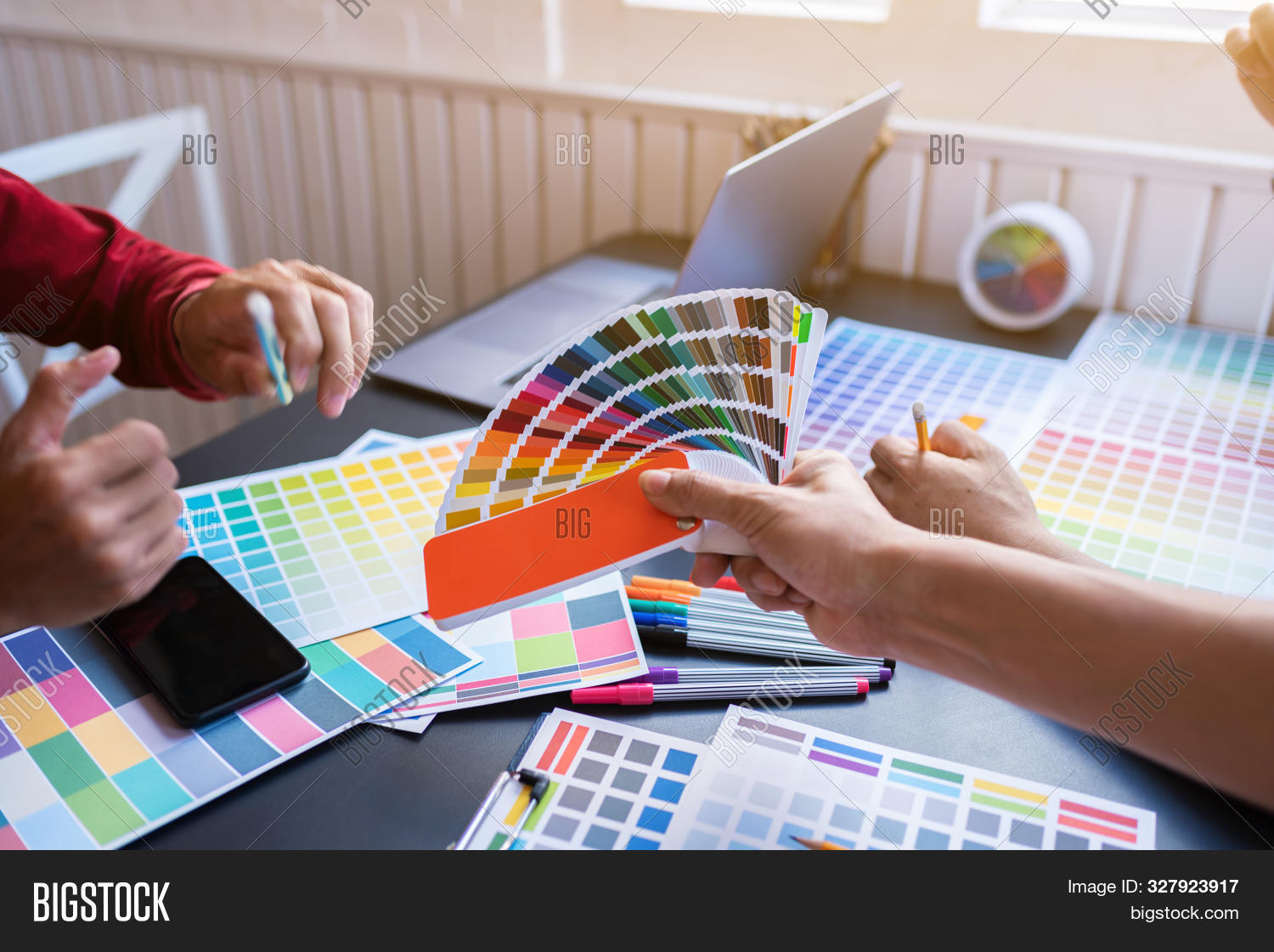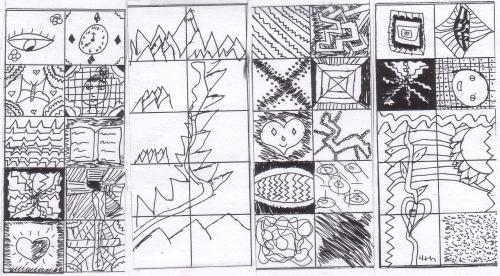In a world where structure and planning often dominate, the idea of mixing things up in no particular order might seem counterintuitive. Yet, this approach to creativity is gaining traction among artists, writers, musicians, and even chefs who are seeking fresh perspectives and innovative outcomes. Embracing spontaneity can lead to unexpected breakthroughs, making it an essential tool for anyone looking to push creative boundaries.

The Power of Spontaneity in Creative Fields

Spontaneity is more than just a random act; it’s a powerful catalyst that can transform standard work into something original and impactful. In the visual arts, for instance, artists like Jackson Pollock and Willem de Kooning have used spontaneous techniques to create dynamic and emotionally compelling works. Pollock’s drip painting method, which involved splattering or pouring paint onto a canvas, broke from conventional techniques to produce abstract expressions that continue to captivate audiences.
Similarly, in writing, authors like Virginia Woolf and James Joyce employed stream-of-consciousness techniques to capture the flow of thoughts and feelings in an uninterrupted manner. This approach not only mirrors the complex inner workings of the mind but also allows for fresh and unexpected narrative turns.
In music, improvisation is a key form of spontaneity, especially in genres like jazz. Musicians such as Charlie Parker and Miles Davis are celebrated for their improvisational skills, where spontaneous creation during performances leads to unique and memorable musical experiences that are never quite the same in each rendition.
Even in the culinary arts, spontaneity plays a crucial role. Chefs like Ferran Adrià have used experimental techniques and unexpected ingredient combinations to challenge conventional culinary norms, resulting in innovative dishes that redefine what is possible in the kitchen.
Tools to Enhance Spontaneity

To nurture spontaneity in the creative process, various tools and techniques can be employed. Digital tools like wheel spinners allow users to input options and randomly select one, helping to break free from usual patterns and explore new artistic territories. For example, a writer might use a wheel spinner to decide a character trait or plot twist, while a musician could use it to choose a key or tempo.
Analog methods, such as drawing topics from a hat or using dice to determine the number of elements to include in a work, can also introduce randomness. These methods force creators to adapt and innovate based on the results, pushing them into new creative directions.
Practical Tips for Incorporating Spontaneity
Incorporating spontaneity into creative work requires more than just the willingness to embrace randomness; it involves setting up an environment that encourages creative risks. Here are some practical tips:
- Routine Breaks: Change your daily routines occasionally. If you usually paint in the morning, try painting at night to see how it affects your mood and output.
- Limitations as a Creative Tool: Impose random limitations on your work to challenge your usual methods. For instance, limit yourself to using only certain materials or themes in your next project.
- Engage with New Inspirations: Expose yourself to random new experiences, whether it’s a type of music, art, or literature you normally wouldn’t consider. This can spark new ideas and perspectives.
For teams, regular, unstructured brainstorming sessions where all ideas are welcomed can lead to spontaneous and innovative thinking. Encouraging team members to swap roles or tasks occasionally can also promote learning and lead to surprising and creative outcomes when people step out of their comfort zones.
Challenges and Overcoming Them

While spontaneity can invigorate the creative process, it also presents challenges that can impede its effective integration. Many creatives struggle with the unpredictability that spontaneity introduces, fearing that the results may not meet their standards or expectations. To overcome this fear, it’s essential to cultivate a mindset that values the process over the product.
Allow yourself to view each spontaneous act as an experiment rather than a final, unchangeable outcome. This approach can reduce pressure and open up space for unexpected discoveries. Breaking free from established creative routines can be difficult, as habits are often comfort zones that provide a sense of control. Intentionally setting challenges that require new approaches can help. Using a tool like SpinTheWheel.io to make random choices can push you out of habitual decision-making patterns and into new creative explorations.
Finding the right balance between spontaneous creativity and necessary structure can be tricky, especially in collaborative environments where clear directions are valued. Establishing boundaries within which spontaneity can occur can help. Dedicate certain phases of the creative process to free exploration, followed by more focused sessions to refine and develop the spontaneous ideas generated.
Conclusion
Incorporating spontaneity into creative endeavors offers significant benefits. It energizes the creative process, fosters innovation, and can lead to uniquely compelling artworks and projects. By introducing elements of surprise and chance, creators can break free from conventional thinking and discover new possibilities.
Whether you’re an artist, writer, musician, or chef, embracing spontaneity can unlock new avenues of creativity and lead to unexpected, yet rewarding, outcomes. So, don’t be afraid to mix things up in no particular order—sometimes the best ideas come from the most unpredictable places.
Meta Title: How to Mix Things Up in No Particular Order
Meta Description: Discover how to embrace spontaneity in creativity and unlock new possibilities. Learn practical tips and tools for spontaneous creativity today!
Author: Jane Doe
Title/Role: Creative Content Specialist
Credentials: With over 10 years of experience in the creative industry, Jane has helped countless individuals and teams harness the power of spontaneity to enhance their creative output.
Profile Link: www.janedoe.com
Sources:
1. Cambridge Dictionary – In No Particular Order
2. Art History – Jackson Pollock
3. Jazz Improvisation
Internal Links:
– Mastering “In No Particular Order”: A Simple Grammar Guide
– How to Use a Wheel Spinner for Creative Decisions
– Tips for Enhancing Team Creativity
Call to Action: Stay updated with the latest news and insights on creativity and innovation. Explore our blog for more articles on spontaneous creativity and how to incorporate it into your work.











More Stories
US Trending News: How to Claim Your Joy: A Guide to Finding Happiness and Inner Peace
US Trending News: Explore Www.hobbylobby.com: Your Ultimate Guide to the Official Site
When Is Trick Or Treating in 2024: A Complete Guide for Halloween